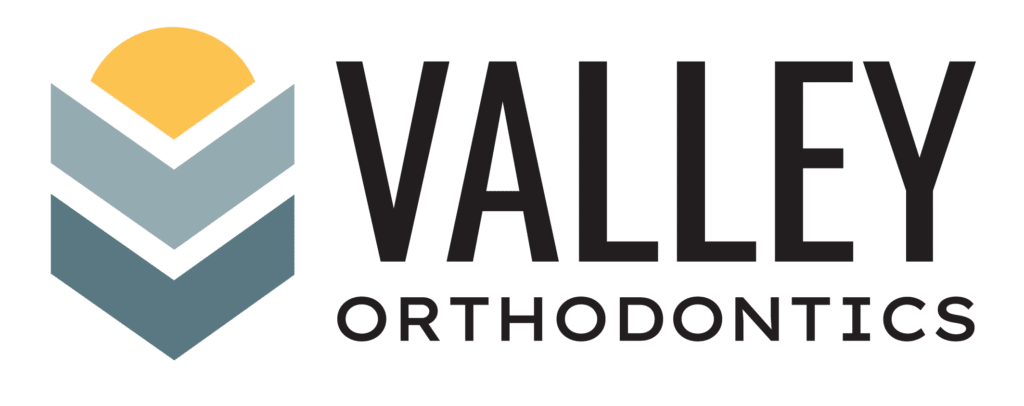Whether you are thinking about treatment for yourself or your child, it helps to have clear answers. At Valley Orthodontics, we have compiled the most frequently asked questions about braces, Invisalign, retainers, and orthodontic care, so you can feel confident about your next step.
A dentist focuses on overall oral health such as cleanings, fillings, and general care. An orthodontist is a dentist who has completed additional specialized training to straighten teeth and correct bite problems. At Valley Orthodontics, our doctors are orthodontic specialists, which means they are experts in aligning teeth and guiding jaw growth for a healthier, more confident smile.
Signs you or your child may need braces or Invisalign include:
Crowded or overlapping teeth
Gaps or spaces between teeth
Difficulty biting or chewing
Thumb sucking habits that continue over time
Jaws that shift, click, or do not line up properly
If you are unsure, a professional evaluation is the best next step. Our team will review your bite, tooth alignment, and facial growth to recommend whether braces or Invisalign treatment is needed.
The American Association of Orthodontists recommends a first orthodontic checkup around age seven. At this age, we can see how the adult teeth and jaws are developing and identify any early issues. Most children will not need treatment right away, but early monitoring helps us time any future care for the best results.
Orthodontic treatment improves more than just appearance. Straight teeth are easier to clean, which lowers the risk of cavities and gum disease. A properly aligned bite helps you chew comfortably and can reduce uneven wear on teeth. Many patients also experience a big boost in confidence when they feel good about their smile.
Treatment time varies by case, but most patients wear braces for about 18 to 24 months. Factors such as the severity of crowding, bite issues, and how well you follow instructions, for example wearing elastics, can affect your timeline. At your consultation, we will give you a personalized estimate based on your specific needs and goals.
Most patients visit our office every 4 to 8 weeks. These appointments allow us to adjust your braces or check your aligners, monitor progress, and make sure teeth are moving as planned.
No, orthodontic treatment does not involve shots. All procedures are performed without anesthesia.
Yes, retainers are essential to keeping your new smile in place. After braces or Invisalign, teeth naturally want to shift back toward their original positions. Wearing your retainer as directed helps protect your investment and maintain your results long term. We will recommend the type of retainer and schedule that best fits your needs.
Teeth are always responding to everyday forces from chewing, speaking, and natural aging. Over time, this can cause small movements, even if you have had braces before. That is why retainer wear is so important. Consistently wearing your retainer helps stabilize your teeth and prevent noticeable shifting so your smile stays straight for years.
Yes, we often see patients who begin treatment at another office and then move to the area or choose to transfer their care to us. We will review your existing records, take any needed X-rays or photos, and create a plan to finish your treatment smoothly. Our goal is to pick up where you left off and keep you on track.
In most cases, no. If your dentist or physician has recommended antibiotics for specific medical conditions, please let us know before your appointment. The American Heart Association’s guide on antibiotics before dental procedures explains when premedication is recommended.
An emergency appointment is needed if you experience severe pain or if something with your braces breaks. In most cases, we can address these issues over the phone. If necessary, we will schedule an emergency visit to resolve the problem.
